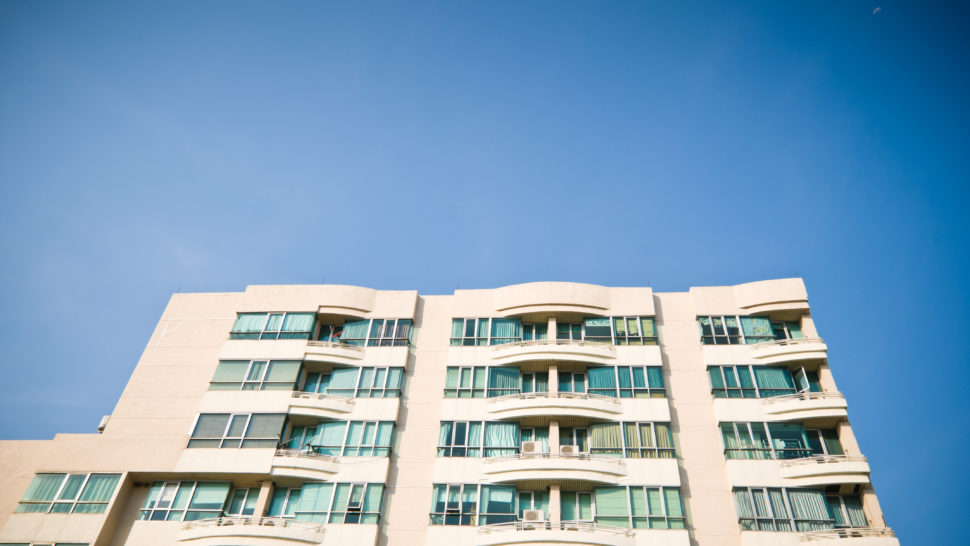HOA Condo Living: Searching For Your Perfect Community
The Function of an HOA in Developing and Enforcing Community Guidelines for Residents
The function of a Homeowners Organization (HOA) in enforcing and establishing neighborhood guidelines is essential to maintaining a organized and natural domestic environment. By creating clear policies that govern facets such as property upkeep and community conduct, the HOA not just establishes requirements for residents however likewise cultivates a feeling of belonging and liability.
Comprehending Property Owners Associations
Homeowners associations (HOAs) offer as regulating bodies for domestic communities, playing a vital role in preserving building worths and fostering a feeling of neighborhood. Normally created by developers, HOAs are composed of home owners within a marked location who choose a board to oversee the organization's tasks. The main features of an HOA consist of applying community guidelines, handling common locations, and organizing area occasions.
HOAs run under a collection of regulating records, consisting of agreements, limitations, and problems (CC&R s), which detail the rights and duties of homeowners. These guidelines intend to ensure that properties are maintained to a particular standard, thus safeguarding the aesthetic charm and overall value of the community. Furthermore, HOAs usually gather charges from house owners to fund maintenance, landscape design, and various other social work.
The existence of an HOA can dramatically influence the living experience within a community (hoa condo). While some residents appreciate the structured environment and facilities provided, others might find particular policies limiting. Balancing the interests of all home owners is important for an HOA to function effectively, guaranteeing that it serves its intended objective of boosting community living while valuing individual home owner civil liberties
Developing Neighborhood Guidelines
To start, an HOA must conduct studies or hold meetings that enable citizens to articulate their pointers and worries. This participatory procedure cultivates a feeling of possession and enhances conformity. Next, the HOA board need to analyze the feedback to determine common motifs and priorities that necessitate formal addition in the standards.
It is also vital to guarantee that the guidelines are clear, succinct, and easily comprehended. Ambiguities can result in problems and misunderstandings, undermining the function of the standards. The standards should be comprehensive, covering numerous facets of neighborhood living, including home upkeep, sound degrees, and use of common areas.
Enforcement of Policies
Effective enforcement of area rules is critical for preserving order and making sure that all locals adhere to the developed standards. An HOA should apply an organized approach to implement these guidelines, which commonly involves a combination of surveillance, communication, and charges for non-compliance.
First, normal examinations and neighborhood patrols can assist recognize offenses, guaranteeing that regulations are constantly applied across the area. This positive surveillance allows the HOA to deal with website here problems before they intensify, fostering a sense of responsibility among residents.
Second, clear communication is necessary. Citizens ought to be informed of the regulations and the procedures for reporting infractions. An open line of communication urges locals to voice worries and seek information on guidelines, which can improve conformity.

Finally, when offenses occur, the HOA should impose consequences as described in the regulating papers. This may consist of cautioning letters, penalties, or, in extreme instances, lawful action. It is essential that fines are used rather and consistently to preserve trust within the community. By efficiently implementing guidelines, an HOA can cultivate a harmonious living setting that shows the cumulative values of its locals.
Benefits of HOA Rules
Many advantages occur from the implementation of HOA guidelines, which serve to boost the top quality of life within an area. One main advantage is the upkeep of building values. By enforcing criteria for aesthetic appeals and upkeep, HOAs make sure that homes and typical locations remain attractive, fostering a preferable living atmosphere that can cause enhanced home worths gradually.
Additionally, HOA regulations advertise consistency and harmony within the area. This comprehensibility in style and upkeep assists to produce a feeling of belonging among residents, adding to area satisfaction and a favorable atmosphere. Established guidelines assist in dispute resolution among neighbors by offering clear assumptions and methods for actions, consequently reducing disagreements.
Another substantial advantage is the arrangement of shared facilities and services. Many HOAs handle community facilities such as parks, pools, and clubs, which improve leisure chances for homeowners. These amenities not only improve the top quality of life but additionally encourage social interaction.
Inevitably, the regulations set forth by an HOA grow a well-organized, harmonious neighborhood, guaranteeing that locals delight in a high requirement of living while fostering a helpful atmosphere for all homeowners.
Usual Obstacles Faced by HOAs
Among the benefits that home owners organizations (HOAs) can provide, they also encounter a selection of difficulties that can hinder their effectiveness. One substantial visit this website issue is the lack of resident interaction. Numerous home owners might not join meetings or community activities, bring about a disconnect in between the HOA board and homeowners. This disengagement can result in misunderstandings regarding community standards and an absence of support for enforcement initiatives.
Another difficulty is the enforcement of rules and regulations. Conflicts can occur when locals feel that enforcement is inconsistent or biased, possibly bring about disputes within the community. In addition, HOAs often encounter monetary restraints, which can restrict their ability to preserve typical areas or fund community jobs. This can produce dissatisfaction amongst homeowners that expect high criteria of upkeep.
In addition, browsing lawful complexities can be discouraging for HOAs. Progressing and changing demographics neighborhood needs need HOAs to adjust their guidelines, commonly fulfilling resistance from enduring citizens that are accustomed to traditional norms.
Conclusion

By formulating clear regulations that regulate elements such as residential property upkeep and neighborhood conduct, the HOA not just sets criteria for homeowners but additionally promotes a sense of belonging and responsibility.Homeowners associations (HOAs) offer as governing bodies for residential communities, playing a crucial function in maintaining residential or commercial property worths and cultivating a sense official source of neighborhood. Lots of homeowners might not take part in meetings or community tasks, leading to a disconnect in between the HOA board and locals. Changing demographics and progressing neighborhood needs require HOAs to adjust their guidelines, frequently fulfilling resistance from long-standing residents that are accustomed to typical norms. Via the development of clear policies and consistent enforcement, HOAs promote property maintenance, area satisfaction, and trust fund among citizens.